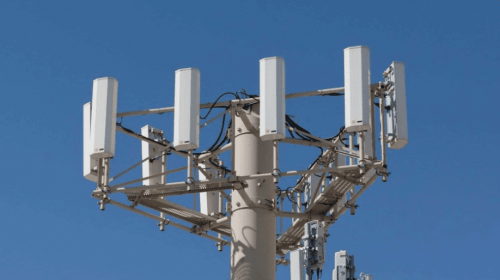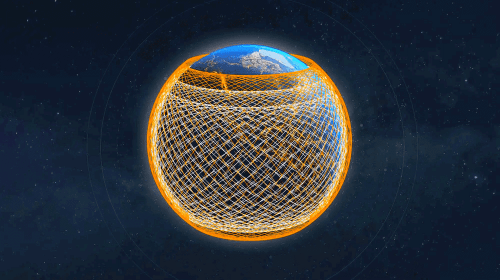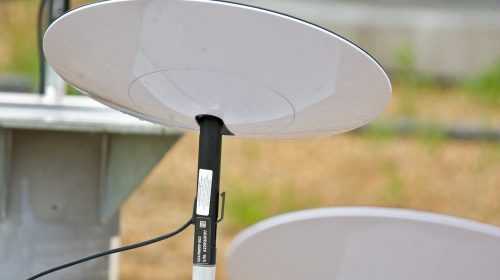Can Starfish Space Clean Up Earth’s Orbit?
Nov 21, 2024
Pioneering satellite servicing start up Starfish Space announced that it has raised $29 million in funding, led by Shield Capital, with a stellar group of investors. The industry interest in advanced space technologies was evidenced by Point72 Ventures, Booz Allen Ventures and Toyota Ventures, as well as new and existing participants. It is the firm’s third strategic investment in the space sector, says firm executive vice president Chris Bogdan, and he sees new solutions that could bolster the resilience and sustainability of space infrastructure.
 Starfish Space’s Otter vehicle promo. Credit: Starfish Space
Starfish Space’s Otter vehicle promo. Credit: Starfish Space
Starfish Space is founded by seasoned engineers with deep backgrounds in Blue Origin and NASA, and have developed state of the art autonomous satellite servicing vehicles to solve critical problems of orbital maintenance. It’s already working in partnership with commercial satellite company Intelsat in a key partnership, already boasting a $37.5 million contract with the U.S. Space Force, and it’s at the vanguard of disruptive space infrastructure management and debris mitigation technology.
Starfish’s Otter satellite servicing vehicle will be developed, launched, and operated in geostationary orbit by 2026 under a four year Strategic Funding Increase (STRATFI) Space Force contract. The $37.5 million in government funding and the additional $30 million from venture capital investments into the project are indicative of a growing interest in advanced space maintenance technologies. In a search for new ways to improve orbital satellite maneuverability, military space strategists are exploring different options. Otter type spacecraft in-orbit refueling and servicing can be promising. Space Systems Command Colonel Joyce Bulson said Otter’s capabilities are more than just simple maneuvering, including station keeping, life extension, orbital transfer, and ultimately, responsible orbital disposal.
SpaceWERX, the Space Force’s technology division, has previously awarded the company Small Business Innovation Research contracts. They launched a demonstration mission called “Otter Pup” in low Earth orbit in 2023, but an anomaly struck and the mission was not fully successful. But nonetheless, Starfish Space keeps pushing the envelope with technology. STRATFI agreements are fundamental to the Defense Department’s strategy in bridging the critical funding gap between technological development and actual application. These agreements allow innovative companies like Starfish Space to take cutting edge concepts and turn them into operational solutions that meet military needs.
The Tukwila, Washington company, Starfish Space, recently hit a funding milestone that will enable it to close out its first trio of Otter vehicles, and bring cumulative investments past $50 million. The spacecraft are designed to fly specific deployments to geostationary orbit in 2026 to conduct critical Intelsat, U.S. Space Force and NASA missions. Starfish Space’s satellite servicing technologies represent a revolution in space exploration, providing levels of satellite maintenance, operational efficiency, and economic viability beyond anything previously achieved through comprehensive satellite maintenance and responsible orbital management in increasingly complex orbital environments. In light of the increasing space debris, the company is well situated to tackle this growing challenge and to build advanced in orbit servicing technologies to assure the continued long term usability and safety of critical satellite infrastructure and supporting worldwide communication, navigation and scientific research efforts.





